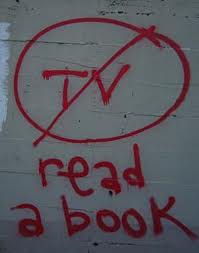 What does your organization do with legacy products and services? Things you started that never really caught on, or died out slowly over time?
What does your organization do with legacy products and services? Things you started that never really caught on, or died out slowly over time?
That’s a very easy way to judge the posture and speed of a brand. If there’s a one-way track–stuff gets added, but it never gets taken away–then the ship is going to get slower and heavier and become much harder to handle until it eventually sinks.
How long did it take Detroit to take the ashtrays out of cars? The single-sex admission policy at the club? How many people who use your website need to speak up on behalf of a button or a policy for you to persist in keeping it there? How long before you cancel the Sisterhood meetings that are now attended by just three people?
Either you’re focused on maintaining the legacy features or you’re focused on figuring out how to replace them. Driving with your eyes on the rearview mirror is difficult indeed.
In a world of little competition, legacy features are something worth keeping. No sense alienating loyal customers.
But we don’t live in a world of little competition. The faster your industry moves, the more likely others are willing to live without the legacy stuff and create a solution that’s going to eclipse what you’ve got, legacies and all.
Seth Godin
 There are some significant misunderstandings about failure. A common one, similar to one we seem to have about death, is that if you don’t plan for it, it won’t happen.
There are some significant misunderstandings about failure. A common one, similar to one we seem to have about death, is that if you don’t plan for it, it won’t happen. Making something is work.
Making something is work. Here’s what most businesses do with their best customers: They take the money.
Here’s what most businesses do with their best customers: They take the money. I think it looks like this:
I think it looks like this: The thing is, watching TV has its benefits. It excuses you from the responsibility of having an informed opinion about things that matter. It gives you shallow opinions or false ‘facts’ that you can easily parrot to others that watch what you watch. It rarely unsettles our carefully self-induced calm and isolation from the world.
The thing is, watching TV has its benefits. It excuses you from the responsibility of having an informed opinion about things that matter. It gives you shallow opinions or false ‘facts’ that you can easily parrot to others that watch what you watch. It rarely unsettles our carefully self-induced calm and isolation from the world.